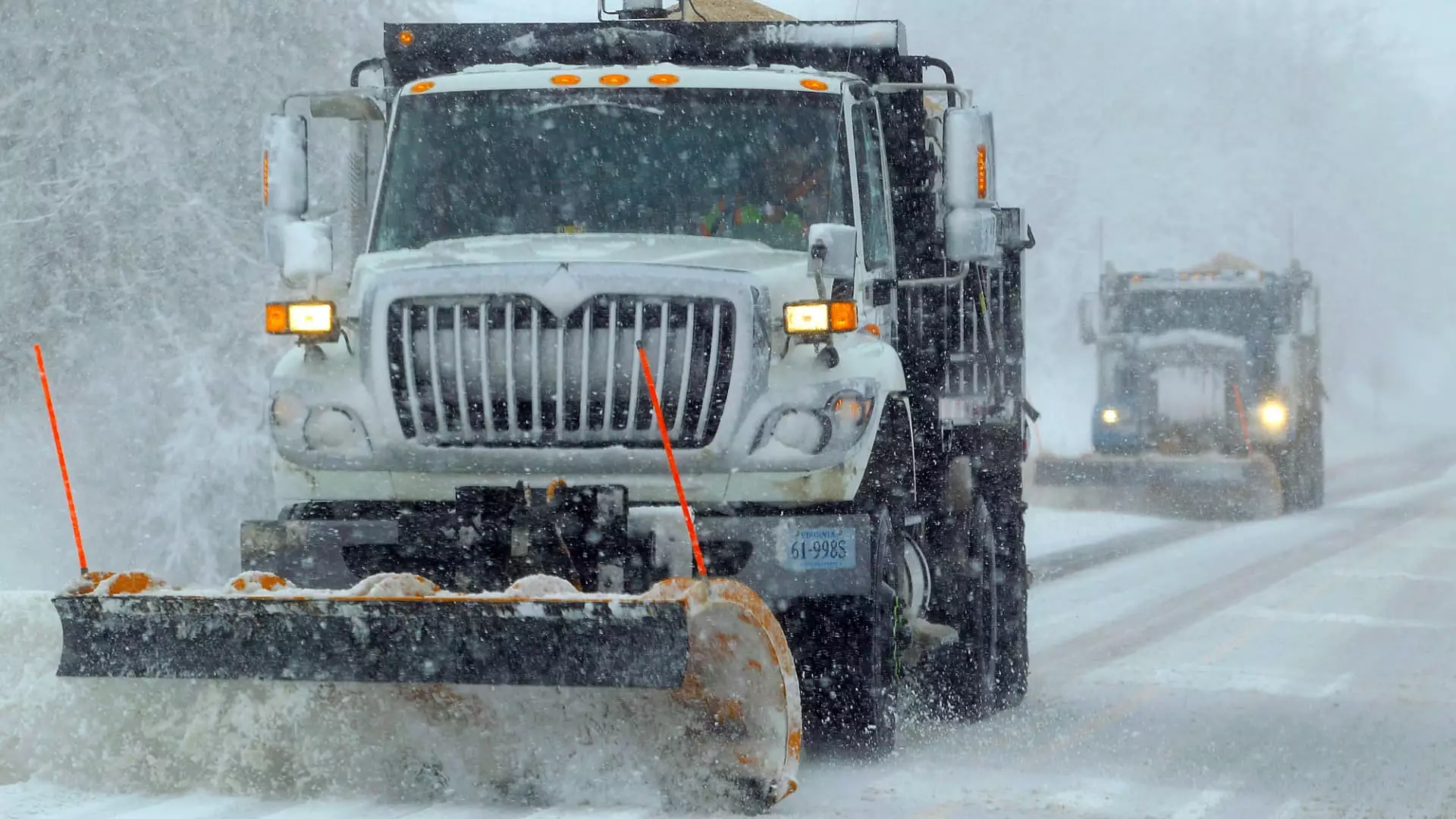As a significant winter storm looms over the nation, it is crucial to understand both the phenomenon of the polar vortex and its wide-ranging implications for millions of Americans. This article will explore the ongoing winter storm created by the shifting polar vortex, its expected impact across various states, and how residents and authorities are gearing up for what could be one of the most brutal weather events in a decade.
The term “polar vortex” refers to a persistent low-pressure area found at the polar regions of the Earth, characterized by swirling cold air. While it normally remains contained, disturbances can cause portions of this vortex to drift southward, leading to significant drops in temperature across central and even southern parts of the United States. This current event highlights how the polar vortex is not just a meteorological curiosity; it serves as a powerful reminder of how atmospheric science plays a critical role in daily life.
When a segment of the polar vortex makes a foray into the U.S., it can unleash frigid conditions that challenge the status quo. The current storm, which has impacted states from Kansas to Virginia, illustrates how rapidly air masses can shift, plunging much of the country into dangerous weather. As we examine its effects, the implications are more than just inconvenience; they extend to public safety and infrastructure readiness.
State of Emergency: Local Responses to the Winter Crisis
In anticipation of the storm, several states—including Kansas, Arkansas, Kentucky, and Virginia—have declared states of emergency. This is not merely a formality; it allows for the mobilization of resources and activates plans designed to protect citizens from severe weather. States that are accustomed to snow and cold have their emergency plans in place—notably, Kansas City International Airport temporarily ceased operations to ensure that runways could be cleared of snow and ice, highlighting the prioritization of public safety.
However, the breadth of this winter storm’s impact stretches further. Reports indicate that nearly 60 million people are under some form of weather alert, illustrating just how widespread the threat is. From Kansas to the mid-Atlantic, predictions suggest that some regions could see more than a foot of snow, with strong winds compounding the already fraught travel situations. The storm has caused flight cancellations nationwide, with nearly 7,000 flights impacted at the height of the weather event. Such interruptions underscore the interconnectedness of modern travel and the potential for weather events to ripple across the country.
As weather patterns continue to develop, numerous states are preparing for a wide array of challenges, from snow accumulation to severe cold and even the risk of tornadoes in southern regions. Advancements in weather forecasting have allowed cities like Cincinnati, Chicago, and St. Louis to take proactive measures, salting roads and opening warming centers in anticipation of adverse conditions. This preparation serves as an important reminder of the need for community readiness in the face of natural disasters.
Nevertheless, challenges remain. Many areas are still not fully equipped to handle sudden drops in temperature and heavy snowfall, especially in the southern U.S. Historically, these regions experience milder winters, making severe winter weather a unique crisis. Reports of hazardous travel conditions are on the rise, complicating logistics and necessitating emergency interventions, such as the closing of roadways and the issuing of driving advisories.
The Aftermath: What to Expect Beyond the Storm
As the storm moves eastward, it brings not only snow and ice but also a dramatic drop in temperatures that could persist for several days. Highs may plummet to levels ranging from the single digits to the low twenties in the mid-Atlantic and northeast, while the northern plains could face overnight lows of minus 20 degrees or even lower when factoring in wind chill.
Due to these extreme conditions, weather advisories are in place across vast areas, particularly for the northern plains where residents must be especially vigilant. This expectation of ongoing bitter cold serves as an important reminder: even after the immediate threat of the storm subsides, the consequences of the polar vortex can linger, creating ongoing risks to health and infrastructure.
As we brace for the repercussions of this winter storm, it becomes increasingly clear that understanding and preparing for extreme weather events is essential. The polar vortex may be a natural phenomenon, but its impact on society is profound, emphasizing the importance of preparedness in safeguarding lives and sustaining community resilience in the face of nature’s challenges.

Leave a Reply